The Truth About Autism Treatment in Mexico: Why Families Seek Unproven Therapies
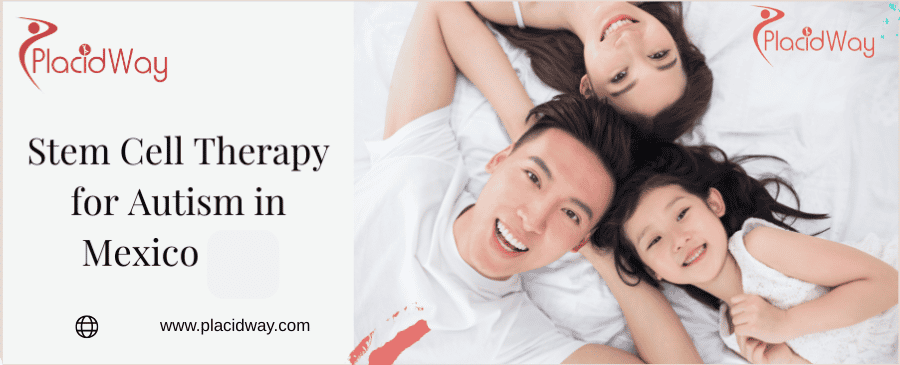
For parents of children with autism spectrum disorder (ASD), the journey is often one of relentless searching—for answers, for support, and for interventions that can help their child thrive. In this search, a new and complex trend has emerged, leading many to ask: "Why is Mexico becoming a hub for medical tourism for autism treatments?" The answer is multifaceted, touching on issues of hope, desperation, medical regulation, and the powerful allure of cutting-edge, yet unproven, therapies.
The core reason for this phenomenon is not the availability of mainstream, evidence-based therapies like Applied Behavior Analysis (ABA) or speech therapy, which are widely available in the US. Instead, Mexico has become a center for clinics offering experimental treatments that have not been approved by the U.S. Food and Drug Administration (FDA) for autism. The most prominent of these is stem cell therapy. These clinics operate in a different regulatory environment, allowing them to market and administer treatments that are considered investigational in other countries. Fueled by compelling patient testimonials and the promise of "regenerative" solutions, these clinics attract families who may feel they have exhausted traditional options and are seeking any glimmer of hope.
This guide will delve into the complex factors driving this trend. We will explore the types of treatments being offered, the scientific claims made by these clinics, and the significant counterpoint from mainstream medical and autism organizations. It is crucial to approach this topic with a clear understanding of the difference between established science and experimental procedures. While this article will explain why these clinics are popular, it is also intended to provide a balanced perspective on the very real risks and ethical considerations involved, empowering families with critical information.
What is the main reason families travel to Mexico for autism treatment?
For many parents, the decision to travel to Mexico comes after years of navigating the challenges of autism. They may feel that traditional therapies have yielded limited results or are simply not enough. It is in this state of vulnerability and deep desire to help their child that the marketing messages of Mexican clinics can be incredibly powerful. These clinics position stem cell therapy not as a cure, but as a "regenerative" treatment that can "heal" the body, reduce inflammation, and improve brain function, leading to reported gains in speech, social interaction, and cognitive abilities.
The internet is filled with powerful, emotional video testimonials from parents who attest to seeing dramatic improvements in their children after treatment. These anecdotes, combined with a narrative of hope and empowerment, create a compelling case for families who feel they have nowhere else to turn. They are willing to travel and pay significant sums for a chance at a breakthrough that the medical establishment in their home country cannot offer.
What types of treatments are offered in these clinics?
These clinics offer a package of services that are presented as a comprehensive, multi-faceted approach to treating the "underlying causes" of autism.
- Stem Cell Therapy: This is the main offering. Clinics claim that MSCs have anti-inflammatory and regenerative properties that can repair damaged neural tissues and modulate the immune system, which they theorize are factors in autism. The cells are typically administered intravenously (through an IV) and/or intrathecally (via a spinal tap).
- Hyperbaric Oxygen Therapy (HBOT): This involves breathing pure oxygen in a pressurized chamber. The theory is that it increases oxygen delivery to the brain, which can reduce inflammation and promote healing. Like stem cells, HBOT is not an FDA-approved treatment for autism.
- Nutritional and Detox Protocols: Many clinics incorporate customized diets and IV drips of vitamins, minerals, and antioxidants like glutathione. This is based on the idea that autism is linked to metabolic issues, inflammation, and "toxic overload."
By bundling these services, clinics create an appealing package that seems to address the condition from multiple angles, further justifying the high cost and the trip abroad.
What is the scientific view on stem cell therapy for autism?
While the idea of using stem cells to treat neurological conditions is a legitimate area of scientific research, the application for autism is in its infancy. There have been a few small, early-phase clinical trials, but these are designed to test for safety, not effectiveness. There is currently no large-scale, credible scientific evidence to support the claims made by these clinics.
Mainstream medical experts point out several critical flaws in the practice:
- Lack of Evidence: The claims of "healing the brain" are not backed by robust clinical trial data. The improvements seen in testimonials are anecdotal and could be due to the placebo effect, other simultaneous therapies, or the natural developmental course of the child.
- Unknown Mechanism: It is not clear how the administered stem cells would even work to treat the core symptoms of autism, which is a complex neurodevelopmental condition.
- Safety Risks: The procedures are not without risk. Injecting cellular products that are not properly sourced, processed, or regulated can lead to serious infections, immune reactions, or even the growth of tumors. Intrathecal injections (spinal taps) carry their own risks, including bleeding, infection (meningitis), and headaches.
How much do these treatments cost in Mexico?
This is a significant financial undertaking for any family, especially since these treatments are not covered by insurance. The cost typically includes the stem cell product and its administration, any bundled therapies like HBOT, and the professional fees of the clinic staff. It does not usually include travel, accommodation, or food, which must be budgeted for separately.
The high price tag is often justified by the clinics as being necessary for the complex process of sourcing, processing, and storing the stem cells. However, critics argue that the cost is exploitative, preying on the desperation of families and the unregulated nature of the market for these "miracle" treatments.
| Treatment | Mainstream Scientific View | Approximate Cost in Mexico (USD) |
|---|---|---|
| Stem Cell Therapy | Unproven and not FDA-approved for autism; carries significant risks. | $7,000 - $20,000+ per session |
| Hyperbaric Oxygen Therapy (HBOT) | Not FDA-approved for autism; lacks evidence of effectiveness. | Often bundled in the total package |
| Evidence-Based Therapies (ABA, Speech) | Considered the standard of care; supported by decades of research. | Varies widely; often covered by insurance in the US |
How are these clinics regulated?
This regulatory difference is key to understanding why Mexico has become a hub. It’s not a lawless environment, but rather a system with different rules and loopholes. A clinic may receive a license from COFEPRIS to use stem cells for a specific, named condition under a particular doctor's protocol. This gives them a veneer of legitimacy that can be very persuasive to prospective patients.
However, this license does not mean the treatment has been proven effective or is considered a standard of care. It simply means the clinic has been given permission to administer it. This creates a "gray market" where treatments that are considered experimental and high-risk in one country can be legally marketed and sold as a specialized therapy in another.
What are the real risks for families?
It is vital for families to consider the full spectrum of risks before pursuing this path.
- Physical Risks: The cellular products used may not be screened to the same standards as in the US, carrying risks of transmitting infectious diseases. The procedures themselves, especially spinal taps, are invasive and can have complications.
- Financial Risks: The cost is enormous and is paid out-of-pocket with no guarantee of success. This can divert family resources away from proven therapies, education, and other essential support for the child.
- Emotional Risks: The cycle of high hopes followed by a lack of significant, lasting improvement can be emotionally devastating for parents and the child. It can also delay engagement in proven therapies like ABA, speech, and occupational therapy, which are critical for long-term development.
When considering any medical treatment, especially for a loved one, it's essential to seek guidance from trusted healthcare providers and to critically evaluate the evidence. For more information on evidence-based autism treatments, please consult reputable organizations like the Association for Science in Autism Treatment (ASAT) or the Autism Society of America. To explore verified and accredited international healthcare options for established procedures, you can explore PlacidWay's network of providers.


.png)

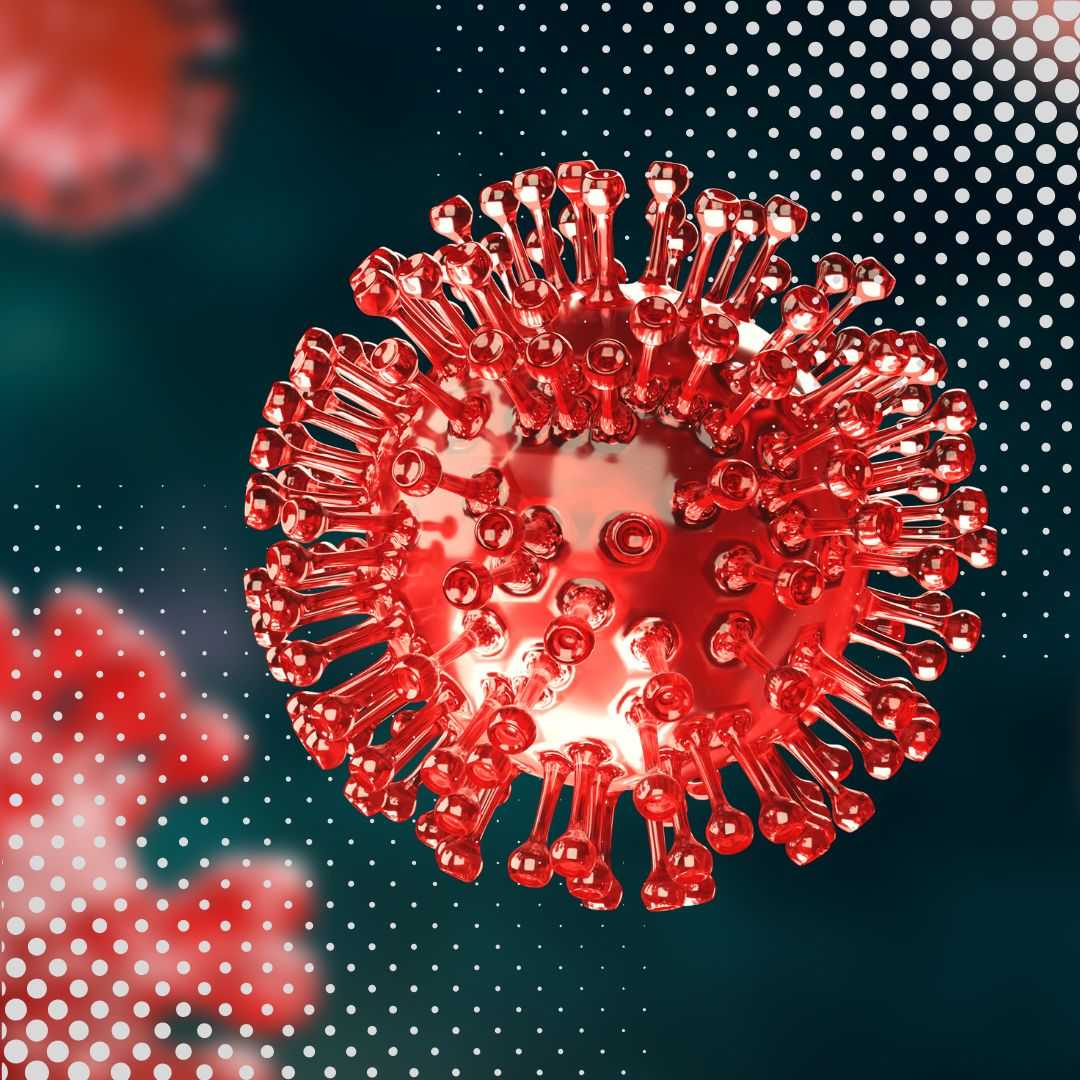



.jpg)
.png)

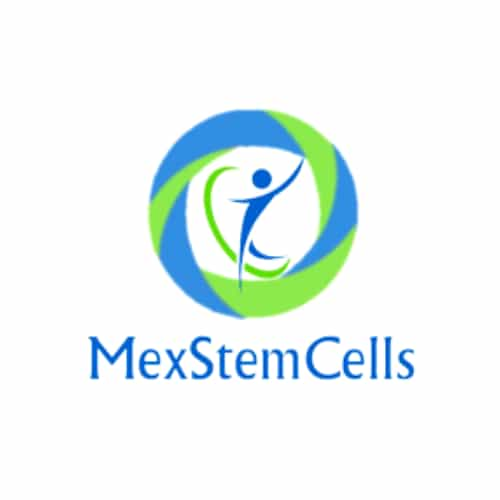

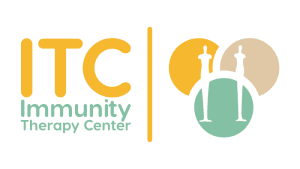
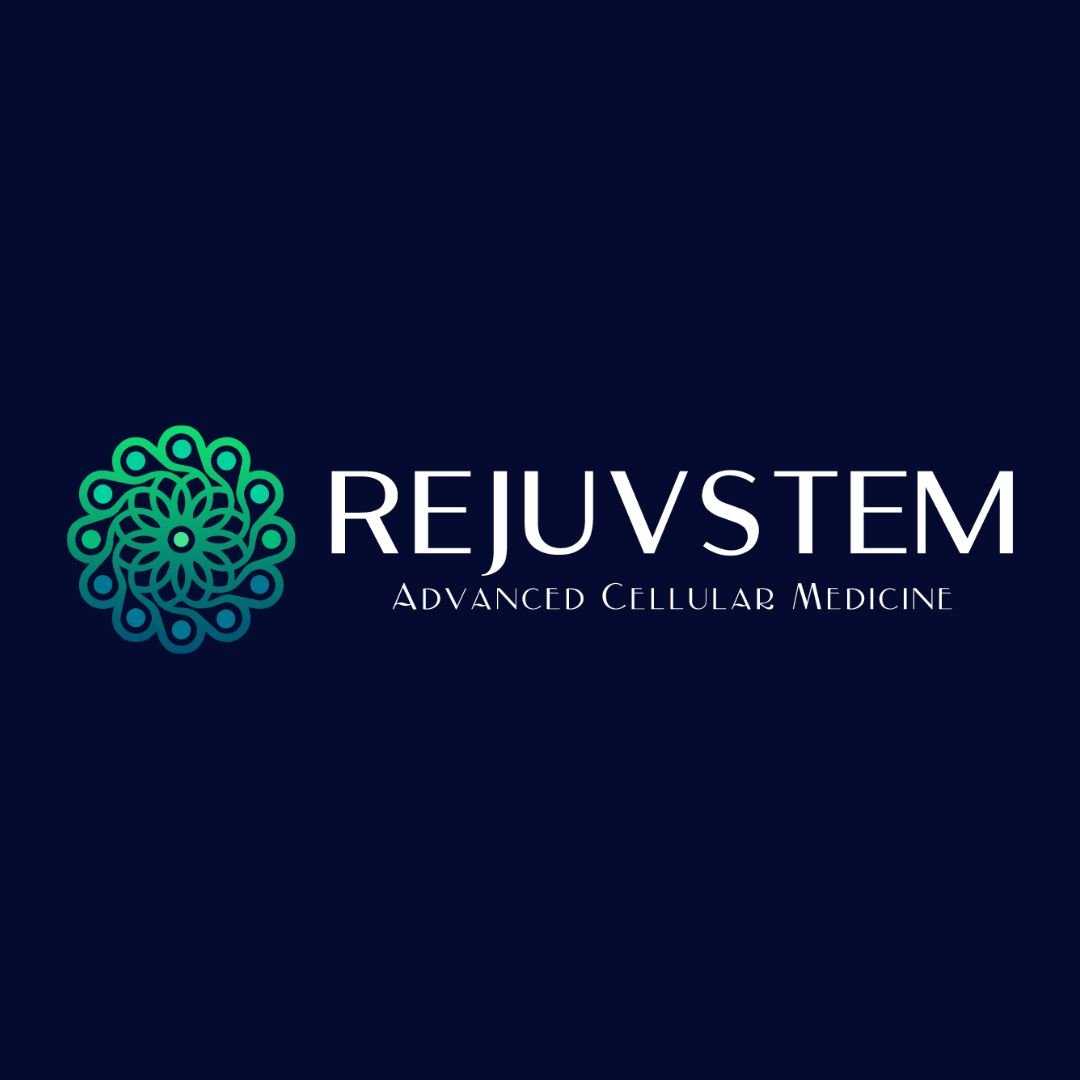
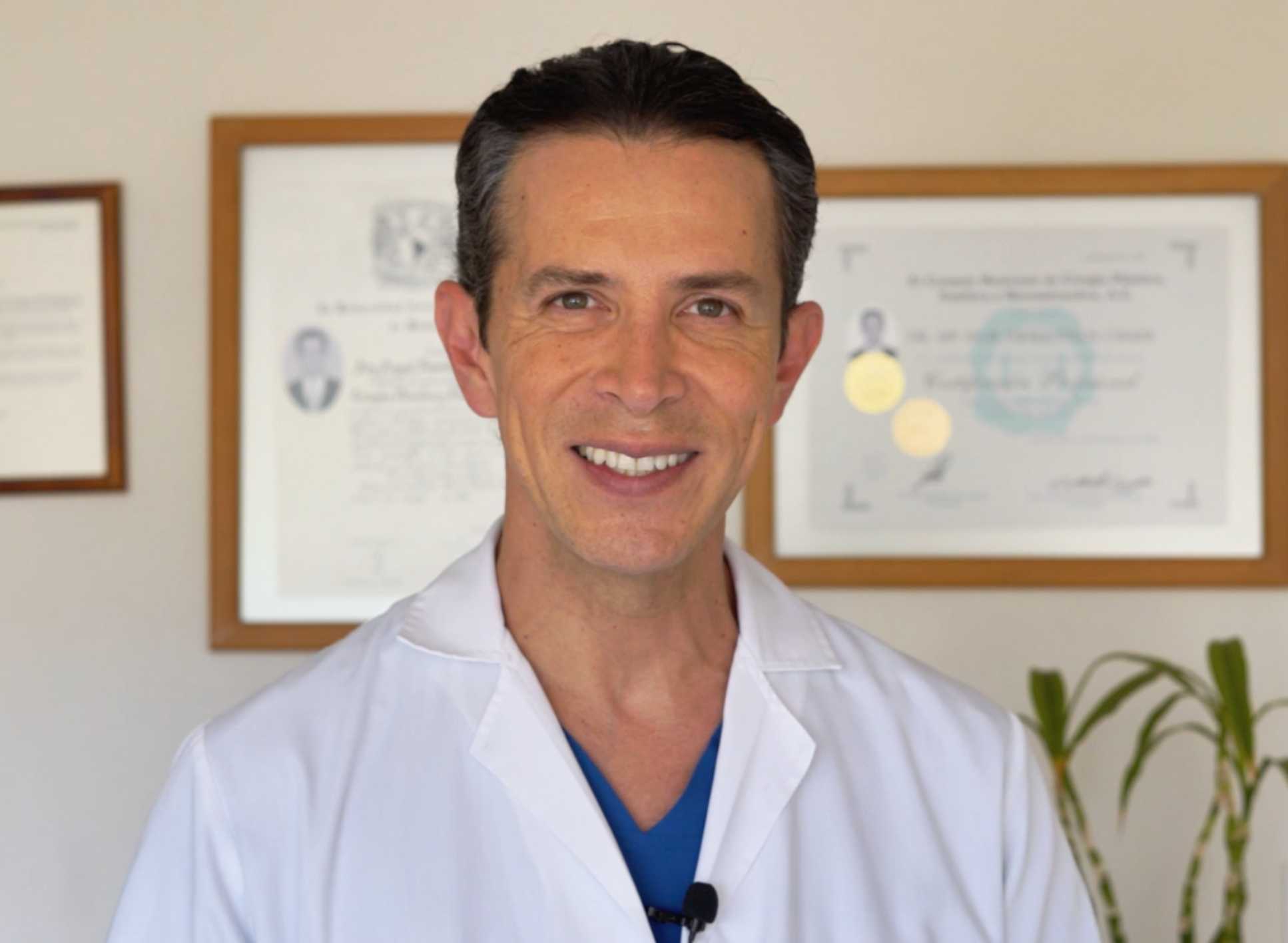

Share this listing